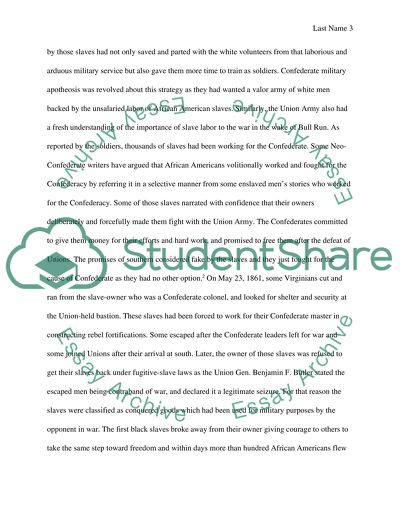Cite this document
(“Research Paper on Slavery Example | Topics and Well Written Essays - 1750 words”, n.d.)
Research Paper on Slavery Example | Topics and Well Written Essays - 1750 words. Retrieved from https://studentshare.org/history/1439331-slavery
Research Paper on Slavery Example | Topics and Well Written Essays - 1750 words. Retrieved from https://studentshare.org/history/1439331-slavery
(Research Paper on Slavery Example | Topics and Well Written Essays - 1750 Words)
Research Paper on Slavery Example | Topics and Well Written Essays - 1750 Words. https://studentshare.org/history/1439331-slavery.
Research Paper on Slavery Example | Topics and Well Written Essays - 1750 Words. https://studentshare.org/history/1439331-slavery.
“Research Paper on Slavery Example | Topics and Well Written Essays - 1750 Words”, n.d. https://studentshare.org/history/1439331-slavery.


